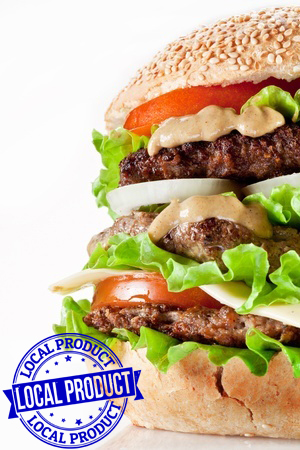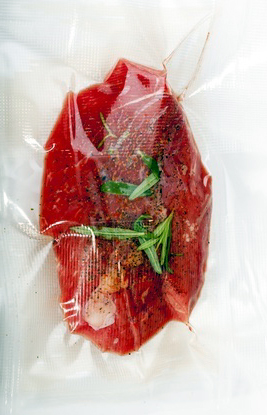If you have been basing your entire sales strategy around a price point, you may want to reevaluate. Today’s consumers are much more conscience of how their food is raised, handled, and packaged before it hits the shelves of their local supermarket. And your meat supply is no exception. According to The New Yorker, most people would be willing to pay a premium if it means the steak, fish, and chicken they are buying is not imported and guaranteed in quality.
Why does provenance matter?
People no longer shop blindly: They want to know everything before they spend a dime. They want to know how the food was processed, if it contains added chemicals, and if it was modified in any way. But they may be most concerned about where it came from.
Why do they care? Here are a few reasons:
- Improved Food Safety. From contaminants to pesticides to damage in transit, there is a lot that can go wrong with imported food. When consumers know where the meat they are buying comes from, and they can see that it came from an American supplier, it eases their mind a little bit because they feel it will be better quality. Is all imported food unsafe? No. Is all domestic food clean and pure? No. But to the consumer, American-made equals higher standards.
- Better Animal Conditions. Not only do you have the possibility of chemical-treatment to overcome, you also have customers that only want meat from animals that were raised in the most humane conditions. Awareness in animal cruelty is more prevalent than ever before, and as bad as some see our treatment of livestock, most Americans believe the mistreatment of animals to be much worse in other countries.
- Stronger Economy. People also realize that if they spend their hard-earned money to support someone in their own country, everybody wins.
- Superior Taste. Finally, buying something from America means that it typically spends less time in transit, which usually means the food they are purchasing is fresher. And everyone knows that the fresher the meat, the better the taste.








